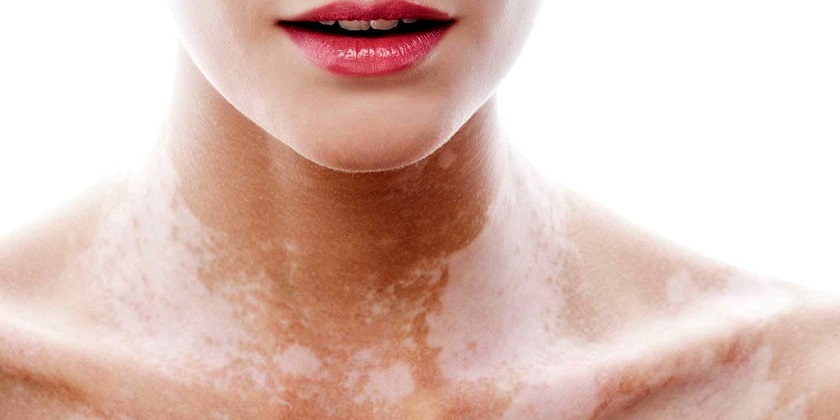- Home
- Medical Vitiligo Treatment

Overview
Vitiligo (vit-ih-LIE-go) is a disease that causes the loss of skin color in blotches. The extent and rate of color loss from vitiligo is unpredictable. It can affect the skin on any part of your body. It may also affect hair and the inside of the mouth.
Normally, the color of hair and skin is determined by melanin. Vitiligo occurs when the cells that produce melanin die or stop functioning. Vitiligo affects people of all skin types, but it may be more noticeable in people with darker skin. The condition is not life-threatening or contagious. It can be stressful or make you feel bad about yourself.
Treatment for vitiligo may restore color to the affected skin. But it does not prevent continued loss of skin color or a recurrence.
Symptoms
The main sign of vitiligo is patchy loss of skin color. Usually, the discoloration first shows on sun-exposed areas, such as the hands, feet, arms, face and lips.
Vitiligo signs include:
- Patchy loss of skin color
- Premature whitening or graying of the hair on your scalp, eyelashes, eyebrows or beard
- Loss of color in the tissues that line the inside of your mouth and nose (mucous membranes)
- Loss of or change in color of the inner layer of the eyeball (retina)
Vitiligo can start at any age, but often appears before age 20.
Depending on the type of vitiligo you have, the discolored patches may cover:
- Many parts of your body. With this most common type, called generalized vitiligo, the discolored patches often progress similarly on corresponding body parts (symmetrically).
- Only one side or part of your body. This type, called segmental vitiligo, tends to occur at a younger age, progress for a year or two, then stop.
- One or only a few areas of your body. This type is called localized (focal) vitiligo.
It's difficult to predict how your disease will progress. Sometimes the patches stop forming without treatment. In most cases, pigment loss spreads and eventually involves most of your skin. Rarely, the skin gets its color back.
Causes
Vitiligo occurs when pigment-producing cells (melanocytes) die or stop producing melanin — the pigment that gives your skin, hair and eyes color. The involved patches of skin become lighter or white. Doctors don't know why the cells fail or die. It may be related to:
- A disorder in which your immune system attacks and destroys the melanocytes in the skin
- Family history (heredity)
- A trigger event, such as sunburn, stress or exposure to industrial chemicals
Complications
People with vitiligo may be at increased risk of:
- Social or psychological distress
- Sunburn and skin cancer
- Eye problems, such as inflammation of the iris (iritis)
- Hearing loss

